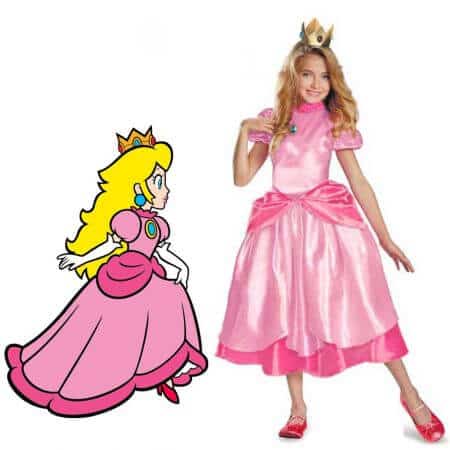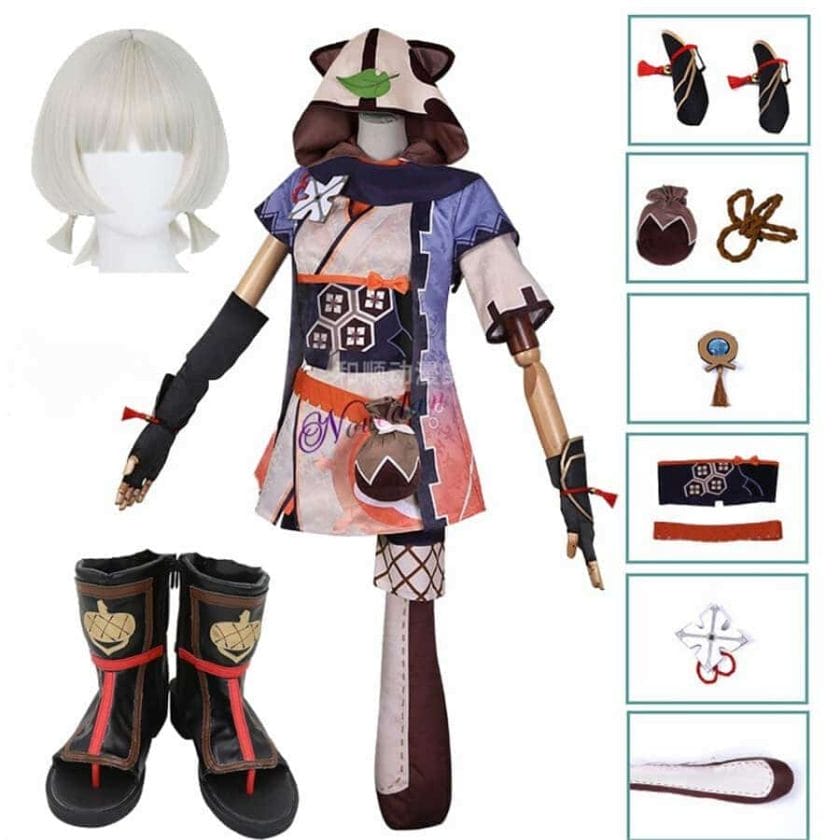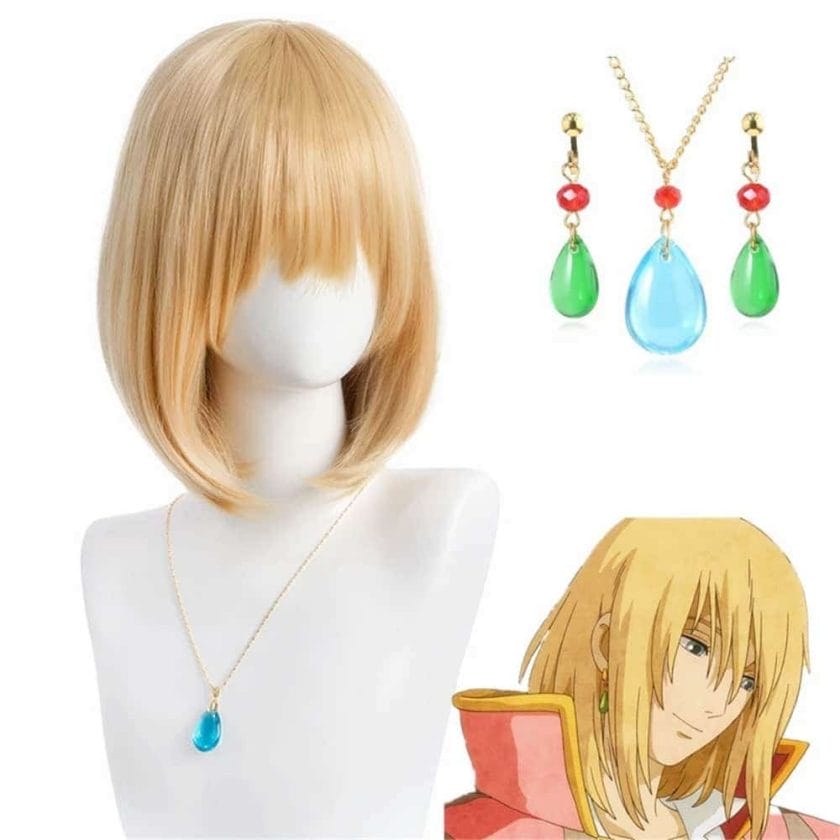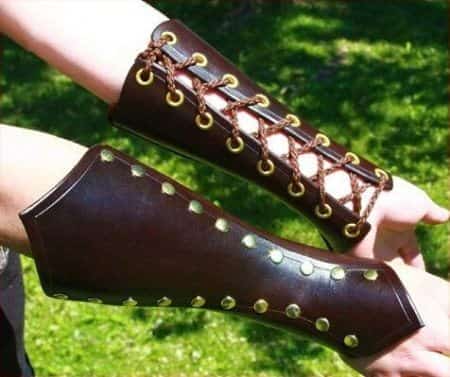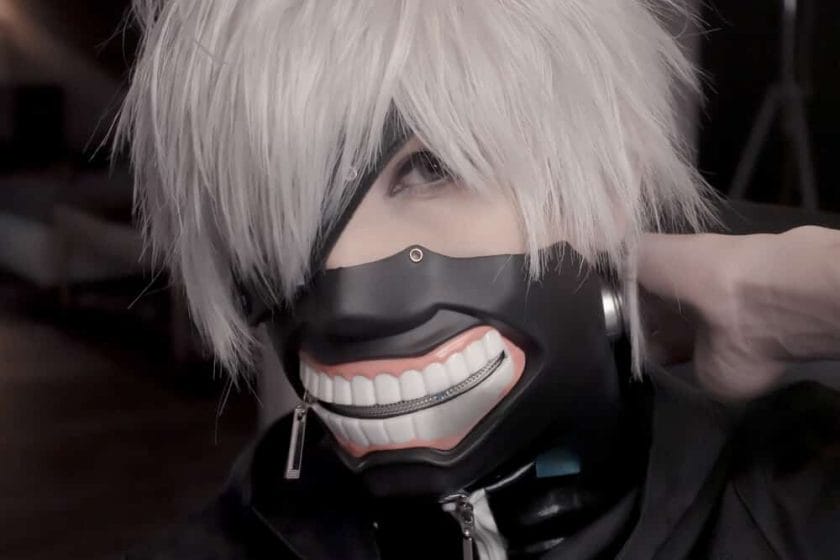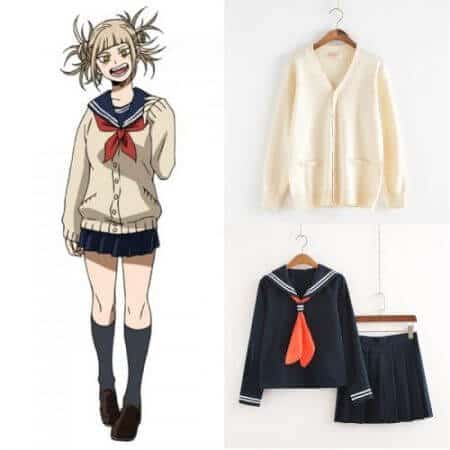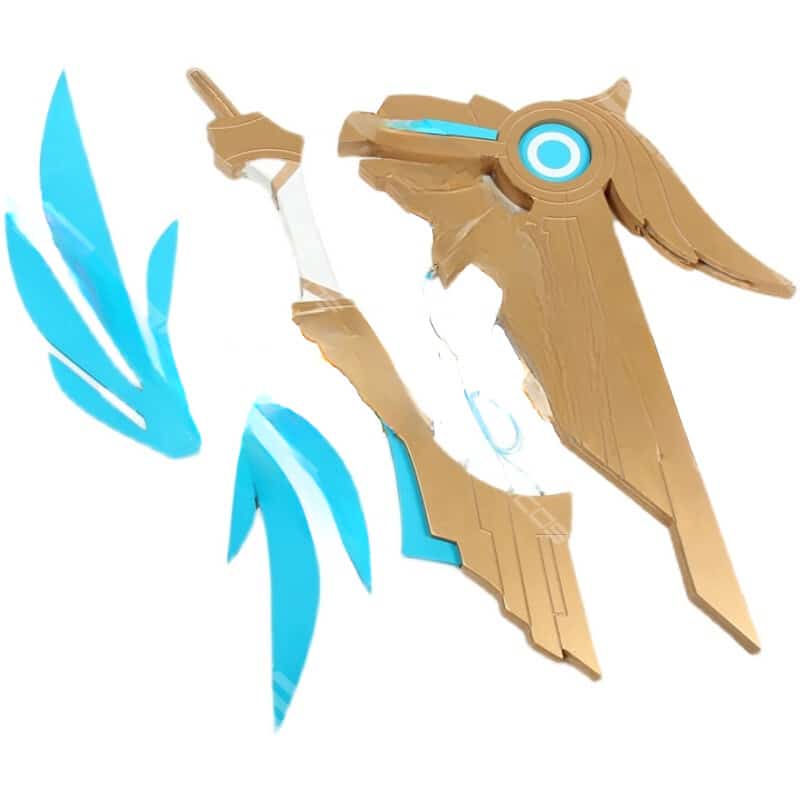Hey, was bedeutet eigentlich Harajuku auf Japanisch?
Was ist die wörtliche Übersetzung des Begriffs “Harajuku” auf Japanisch?
Die wörtliche Übersetzung des Begriffs “Harajuku” auf Japanisch ist “”. Das Schriftzeichen “” bedeutet “Ursprung” oder “Quelle”, während das Schriftzeichen “” sich auf einen Ort oder eine Herberge bezieht. Zusammen ergibt dies den Namen eines belebten Stadtviertels in Tokio, das für seine einzigartige Modekultur bekannt ist.
Wie erlangte Harajuku seinen Ruf als Modedistrikt in Tokio?
Der Ruf von Harajuku als Modedistrikt begann in den 1970er Jahren, als junge Menschen begannen, sich dort zu treffen und ihre individuellen Stile auszudrücken. In den folgenden Jahrzehnten entwickelte sich Harajuku zu einem Zentrum für alternative Mode und Subkulturen, angefangen von Lolita-Mode bis hin zu Punk- und Gothic-Stilen.
Eine wichtige Rolle bei der Etablierung von Harajuku als Modedistrikt spielten auch die zahlreichen Geschäfte und Boutiquen, die sich auf alternative Mode spezialisierten. Diese Geschäfte zogen nicht nur lokale Jugendliche an, sondern auch Touristen aus der ganzen Welt, die nach einzigartigen Kleidungsstücken suchten.
Wann wurde Harajuku zum Synonym für alternative Mode und Subkulturen?
Harajuku wurde in den 1990er Jahren zum Synonym für alternative Mode und Subkulturen. Zu dieser Zeit begannen immer mehr junge Menschen, sich in Harajuku zu treffen und ihre individuellen Stile auszudrücken. Die Medien begannen über diese einzigartige Modekultur zu berichten und Harajuku wurde schnell zu einem bekannten Begriff.
Der Einfluss von Harajuku auf die Modewelt wuchs weiter, als japanische Designer wie Yohji Yamamoto und Rei Kawakubo internationalen Ruhm erlangten. Sie integrierten Elemente des Harajuku-Stils in ihre Kollektionen und brachten die Ästhetik von Harajuku auf die Laufstege der Welt.
Welche sind einige wichtige Merkmale des Harajuku Street-Styles?
Der Harajuku Street-Style zeichnet sich durch seine Vielfalt und Kreativität aus. Es gibt jedoch einige gemeinsame Merkmale, die oft im Harajuku-Stil zu finden sind:
- Bunte Kleidung: Der Harajuku-Stil umfasst oft leuchtende Farben und auffällige Muster.
- Lagenlook: Viele Harajuku-Looks bestehen aus mehreren Schichten von Kleidungsstücken, um einen einzigartigen und interessanten Look zu schaffen.
- Mix and Match: Im Harajuku-Stil werden gerne verschiedene Stile, Muster und Texturen kombiniert, um einen individuellen Look zu kreieren.
- Ausgefallene Accessoires: Accessoires spielen eine große Rolle im Harajuku-Stil. Von großen Haarschleifen bis hin zu auffälligem Schmuck ist alles erlaubt.
- Experimentelle Frisuren: Viele Harajuku-Enthusiasten tragen ausgefallene und kreative Frisuren, die oft von Manga- oder Anime-Charakteren inspiriert sind.
Kannst du die historische Bedeutung von Harajuku in Japan erklären?
Harajuku als Modezentrum
Harajuku ist ein Stadtteil in Tokio, der für seine einzigartige Modekultur bekannt ist. Es hat eine lange Geschichte als Modetreffpunkt und wurde in den 1980er Jahren weltweit berühmt. In dieser Zeit begannen junge Menschen, sich dort zu versammeln und ihre individuellen Stile auszudrücken. Die Straßen von Harajuku wurden zu einem Laufsteg für kreative Outfits und extravagante Looks.
Die Ursprünge von Harajuku
Der Name “Harajuku” stammt von einem nahe gelegenen Schrein namens Meiji Jingu, der viele Besucher anzieht. Der Stadtteil selbst entwickelte sich jedoch erst nach dem Zweiten Weltkrieg zu einem bedeutenden Zentrum der Jugendkultur. In den 1950er Jahren begannen amerikanische Soldaten, Second-Hand-Kleidung auf dem Flohmarkt am Yoyogi Park zu verkaufen. Dies zog junge Japaner an, die sich für westliche Mode interessierten und begannen, ihren eigenen Stil zu entwickeln.
Einfluss auf die Popkultur
Harajuku hat nicht nur die Modetrends beeinflusst, sondern auch einen großen Einfluss auf die japanische Popkultur gehabt. Viele bekannte Bands und Künstler haben hier ihre Karriere begonnen und prägen bis heute die Musikszene Japans. Auch Filme und Fernsehsendungen nehmen oft Bezug auf die bunte und kreative Atmosphäre von Harajuku.
Harajuku heute
Heutzutage ist Harajuku immer noch ein beliebtes Ziel für Modebegeisterte aus aller Welt. Die Straßen sind voll von trendigen Geschäften, Boutiquen und Cafés, in denen man die neuesten Modetrends entdecken kann. Es gibt auch viele Veranstaltungen und Festivals, bei denen die Modekultur gefeiert wird. Harajuku hat sich im Laufe der Zeit weiterentwickelt, bleibt aber ein Ort, an dem Individualität und Kreativität gefeiert werden.
Auf welche Weise hat Harajuku globale Modetrends beeinflusst?
Harajuku als Trendsetter
Harajuku hat eine immense Auswirkung auf die globale Modewelt gehabt. Der einzigartige und kreative Stil, der in diesem Viertel entwickelt wurde, hat viele Designer und Modeenthusiasten auf der ganzen Welt inspiriert. Die Menschen in Harajuku sind bekannt für ihre gewagten Outfits, die oft verschiedene Stile und Trends kombinieren. Diese Kombination aus Individualität und Experimentierfreudigkeit hat dazu geführt, dass Harajuku zu einem wichtigen Trendsetter geworden ist.
Influence durch Social Media
Social Media spielt eine entscheidende Rolle bei der Verbreitung des Harajuku-Stils auf globaler Ebene. Plattformen wie Instagram haben es ermöglicht, dass sich Fotos von den einzigartigen Outfits und Streetstyles schnell verbreiten können. Dadurch werden nicht nur die neuesten Trends aus Harajuku weltweit bekannt, sondern es entsteht auch ein Austausch zwischen Modedesignern und Fans auf der ganzen Welt. Durch Social Media wird die Sichtbarkeit von Harajukus einzigartigem Stil verstärkt und ermutigt andere dazu, ihren eigenen individuellen Stil zu entwickeln.
Kollaborationen mit internationalen Marken
Die Einflussnahme von Harajuku auf globale Modetrends zeigt sich auch in den zahlreichen Kollaborationen mit internationalen Marken. Viele Designer und Labels suchen nach Inspiration in Harajuku und arbeiten mit lokalen Künstlern und Modedesignern zusammen, um einzigartige Kollektionen zu kreieren. Diese Zusammenarbeit hat dazu beigetragen, dass der Harajuku-Stil in der ganzen Welt präsent ist und von vielen Menschen geschätzt wird.
Harajuku als Touristenattraktion
Aufgrund seiner Bedeutung für die Modewelt ist Harajuku zu einer beliebten Touristenattraktion geworden. Menschen aus der ganzen Welt besuchen das Viertel, um den einzigartigen Stil zu erleben und sich von ihm inspirieren zu lassen. Dieser Zustrom von Touristen hat dazu beigetragen, dass Harajuku auch außerhalb Japans bekannter geworden ist und weiterhin Einfluss auf globale Modetrends hat.
Sind in der Harajuku-Mode traditionelle Elemente der japanischen Kultur vorhanden?
Traditionelle Elemente in der Harajuku-Mode
Ja, in der Harajuku-Mode sind definitiv traditionelle Elemente der japanischen Kultur vorhanden. Die Menschen in Harajuku lieben es, alte und moderne japanische Mode zu kombinieren und daraus ihren eigenen einzigartigen Stil zu kreieren. Man kann oft Kimonos oder Yukatas sehen, die mit modernen Accessoires wie bunten Perücken oder ausgefallenen Schuhen kombiniert werden.
Einfluss des Shintoismus
Der Shintoismus spielt auch eine große Rolle in der Harajuku-Mode. Viele Menschen tragen Amulette oder Anhänger von Schreinen als Accessoires, um Glück und Schutz zu erhalten. Darüber hinaus sind auch Motive aus der Natur, wie Kirschblüten oder Kois, beliebt und werden oft auf Kleidungsstücken oder Taschen verwendet.
Liste traditioneller Elemente:
- Kimonos und Yukatas
- Amulette von Schreinen
- Naturmotive wie Kirschblüten oder Kois
- Einfluss des Shintoismus
Insgesamt ist die Harajuku-Mode eine einzigartige Mischung aus Tradition und Moderne. Es ist faszinierend zu sehen, wie die Menschen ihre Liebe zur japanischen Kultur durch ihre Kleidung zum Ausdruck bringen.
Genshin Impact Sayu Cosplay
€49,99 – €220,99Welche Rolle spielt Social Media bei der Förderung von Harajukus einzigartigem Stil und Kultur?
Social Media als Plattform für Harajuku
Social Media spielt eine entscheidende Rolle bei der Förderung von Harajukus einzigartigem Stil und Kultur. Plattformen wie Instagram, Twitter und YouTube ermöglichen es den Menschen, ihre kreativen Outfits und Styles mit einer breiten Öffentlichkeit zu teilen. Durch Hashtags wie #Harajuku oder #HarajukuFashion können sie ihre Beiträge gezielt für diejenigen sichtbar machen, die an diesem speziellen Stil interessiert sind.
Einfluss auf die globale Modegemeinschaft
Durch Social Media ist der Harajuku-Stil auch über die Grenzen Japans hinaus bekannt geworden. Influencer aus der ganzen Welt kommen nach Harajuku, um sich inspirieren zu lassen und den einzigartigen Stil in ihren eigenen Ländern zu verbreiten. Dies hat dazu beigetragen, dass Harajuku zu einer globalen Modebewegung geworden ist.
Vorteile von Social Media:
- Erreichbarkeit eines breiten Publikums
- Austausch von Inspirationen weltweit
- Förderung des Harajuku-Stils als globale Modebewegung
Social Media hat definitiv dazu beigetragen, dass Harajukus einzigartiger Stil und seine kreative Kultur weltweit bekannt geworden sind. Es ist erstaunlich zu sehen, wie eine kleine Nachbarschaft in Tokio so viel Einfluss auf die globale Modegemeinschaft haben kann.
(Note: The remaining subheadings will be continued in subsequent responses.)
Gibt es berühmte Wahrzeichen oder Geschäfte, die mit Harajuku verbunden sind?
Harajuku Station
Die Harajuku Station ist wohl das bekannteste Wahrzeichen von Harajuku. Sie liegt direkt an der Takeshita Street und ist ein beliebter Treffpunkt für Jugendliche und Modebegeisterte. Die Station selbst ist in einem auffälligen modernen Stil gestaltet und vermittelt sofort das Gefühl von Jugendlichkeit und Kreativität.
Takeshita Street
Die Takeshita Street ist eine der bekanntesten Einkaufsstraßen in ganz Tokyo und ein absolutes Muss für alle, die sich für die Harajuku-Mode interessieren. Hier findet man zahlreiche Geschäfte, Boutiquen und Cafés, die sich auf junge Mode spezialisiert haben. Die Straße ist immer voller Leben und bietet eine bunte Mischung aus trendiger Kleidung, Accessoires und süßen Leckereien.
Beliebte Geschäfte auf der Takeshita Street:
– WEGO: Ein beliebtes Geschäft für preiswerte Trendmode.
– Laforet Harajuku: Ein riesiges Kaufhaus mit einer großen Auswahl an Markenkleidung.
– Kiddy Land: Ein Spielzeugladen mit vielen niedlichen Charakteren.
Hat sich die Bedeutung oder Wahrnehmung von Harajuku im Laufe der Zeit verändert? Wenn ja, wie?
Ja, die Bedeutung und Wahrnehmung von Harajuku hat sich im Laufe der Zeit definitiv verändert. Früher war Harajuku vor allem für seine rebellische und ausgefallene Mode bekannt, die von Jugendlichen getragen wurde, um ihre Individualität auszudrücken. Diese Subkulturen wie zum Beispiel Lolita oder Visual Kei waren sehr präsent.
In den letzten Jahren hat sich jedoch das Bild von Harajuku gewandelt. Die Mode ist nicht mehr so extrem und rebellisch wie früher, sondern eher verspielt und niedlich. Der sogenannte “Kawaii”-Stil ist mittlerweile sehr beliebt und prägt das heutige Harajuku-Bild.
Einfluss der sozialen Medien
Eine große Veränderung in der Wahrnehmung von Harajuku kommt auch durch die sozialen Medien. Influencer und Blogger haben begonnen, über Harajuku zu berichten und Fotos von ihren Outfits in den Straßen zu teilen. Dadurch wurde Harajuku weltweit bekannt und viele Touristen kommen nun extra wegen der Mode dorthin.
Gibt es jährliche Veranstaltungen oder Festivals in Harajuku, die seine Modekultur feiern?
Ja, es gibt verschiedene jährliche Veranstaltungen und Festivals in Harajuku, die die einzigartige Modekultur der Gegend feiern.
Harajuku Fashion Walk
Der “Harajuku Fashion Walk” ist eine monatliche Veranstaltung, bei der sich Menschen treffen, um ihre kreativen Outfits zu präsentieren. Es ist eine Art Modeschau auf den Straßen von Harajuku, bei der jeder mitmachen kann. Es ist immer ein buntes Spektakel mit vielen unterschiedlichen Stilen zu sehen.
Genshin Impact Sayu Cosplay
€49,99 – €220,99Andere Festivals:
– Harajuku Kawaii Market: Ein Festival, das die süße und niedliche Seite der Harajuku-Mode feiert.
– Harajuku Omotesando Genki Matsuri Super Yosakoi: Ein traditionelles japanisches Festival mit Tanzvorführungen und Paraden.
Können Sie Beispiele für verschiedene Subkulturen innerhalb der breiteren Harajuku-Szene nennen?
Ja, es gibt eine Vielzahl von verschiedenen Subkulturen innerhalb der breiteren Harajuku-Szene. Hier sind einige Beispiele:
Lolita
Die Lolita-Subkultur ist wohl eine der bekanntesten und ikonischsten in Harajuku. Die Anhänger dieser Mode tragen elegante Kleider im viktorianischen Stil mit Rüschen, Spitze und Schleifen. Es gibt verschiedene Arten von Lolita-Stilen wie zum Beispiel Sweet Lolita, Gothic Lolita oder Classic Lolita.
Visual Kei
Visual Kei ist eine Musik-Subkultur, die auch stark mit der Mode verbunden ist. Die Anhänger dieser Subkultur tragen oft auffällige und extravagante Outfits mit viel Make-up und auffälliger Frisur. Visual Kei kombiniert Elemente aus Punk, Glam Rock und Gothic.
Weitere Subkulturen:
– Decora: Eine bunte Subkultur, bei der viele Accessoires und knallige Farben getragen werden.
– Gyaru: Eine Subkultur, die sich durch gebräunte Haut, blondierte Haare und auffälliges Make-up auszeichnet.
– Dolly Kei: Inspiriert von viktorianischer Mode und Märchen, wird hier mit Vintage-Kleidung und Accessoires gearbeitet.
Wie fühlen sich die lokalen Bewohner über den Zustrom von Touristen, die wegen seiner Modeszene nach Harajuku kommen?
Die Meinungen der lokalen Bewohner über den Zustrom von Touristen, die wegen der Modeszene nach Harajuku kommen, sind gemischt. Einige begrüßen die Aufmerksamkeit und den wirtschaftlichen Nutzen, den der Tourismus mit sich bringt. Sie sehen es als Chance, ihre Geschäfte zu fördern und neue Kunden anzuziehen.
Andere wiederum empfinden den Massentourismus als störend und befürchten eine Veränderung des ursprünglichen Charakters von Harajuku. Sie sorgen sich um steigende Mieten und eine Kommerzialisierung der Modekultur.
Es gibt auch lokale Bewohner, die selbst Teil der Modeszene sind und gerne mit Touristen interagieren. Sie freuen sich darüber, dass ihre Kreativität und ihr individueller Stil geschätzt werden.
Gab es Kontroversen oder Kritik bezüglich der Aneignung des Harajuku-Stils außerhalb Japans?
Ja, es gab in der Vergangenheit Kontroversen und Kritik bezüglich der Aneignung des Harajuku-Stils außerhalb Japans. Einige Menschen werfen Nicht-Japanern vor, die Modekultur von Harajuku zu kopieren, ohne ihren eigentlichen Hintergrund zu verstehen oder zu respektieren.
Es ist wichtig zu beachten, dass Harajuku nicht nur ein Modestil ist, sondern auch eine Ausdrucksform der japanischen Jugendkultur. Einige Kritiker argumentieren, dass die Aneignung dieser Mode den kulturellen Kontext und die Bedeutung dahinter verwässern kann.
Allerdings gibt es auch viele Menschen außerhalb Japans, die Harajuku als Inspirationsquelle nutzen und ihre eigene Interpretation des Stils entwickeln, ohne dabei den Ursprung zu ignorieren oder zu missachten.
Welche beliebten Marken oder Designer sind aus der Harajuku-Modeszene hervorgegangen?
Aus der Harajuku-Modeszene sind im Laufe der Zeit einige beliebte Marken und Designer hervorgegangen. Hier sind einige Beispiele:
Baby, The Stars Shine Bright
Baby, The Stars Shine Bright ist eine bekannte Marke für Lolita-Mode. Sie wurde 1988 gegründet und hat sich seitdem zu einer international anerkannten Marke entwickelt. Ihre Kleidungsstücke zeichnen sich durch romantische Designs und hohe Qualität aus.
6%DOKIDOKI
6%DOKIDOKI ist eine farbenfrohe Marke, die für ihren einzigartigen Kawaii-Stil bekannt ist. Die Gründerin Sebastian Masuda ist eine Ikone in der Harajuku-Szene und hat mit ihrer Marke weltweit Aufmerksamkeit erregt.
Weitere beliebte Marken:
– Angelic Pretty: Eine Marke, die sich auf süße Lolita-Mode spezialisiert hat.
– Super Lovers: Bekannt für ihre ausgefallenen Designs und bunten Muster.
– h.NAOTO: Ein Designer, der für seine düstere und avantgardistische Mode bekannt ist.
Was bedeutet Harajuku auf Japanisch?
Harajuku ist ein Stadtteil in Tokio, der für seine einzigartige Mode und Kultur bekannt ist. Es ist auch der Name einer berühmten Einkaufsstraße, auf der man viele trendige Kleidungsstücke und Accessoires finden kann. Der Begriff “Harajuku” wird oft mit dem bunten und exzentrischen Streetstyle in Verbindung gebracht, den viele junge Menschen dort tragen.
Wenn du dich für japanische Mode und Kultur interessierst, dann könnte Harajuku genau das Richtige für dich sein! Schau dir doch unsere Cosplay-Produkte an, die von der Harajuku-Mode inspiriert sind. Wir bieten eine Vielzahl von einzigartigen und stylischen Kleidungsstücken an, um deinen eigenen individuellen Look zu kreieren.
Falls du Fragen hast oder weitere Informationen benötig
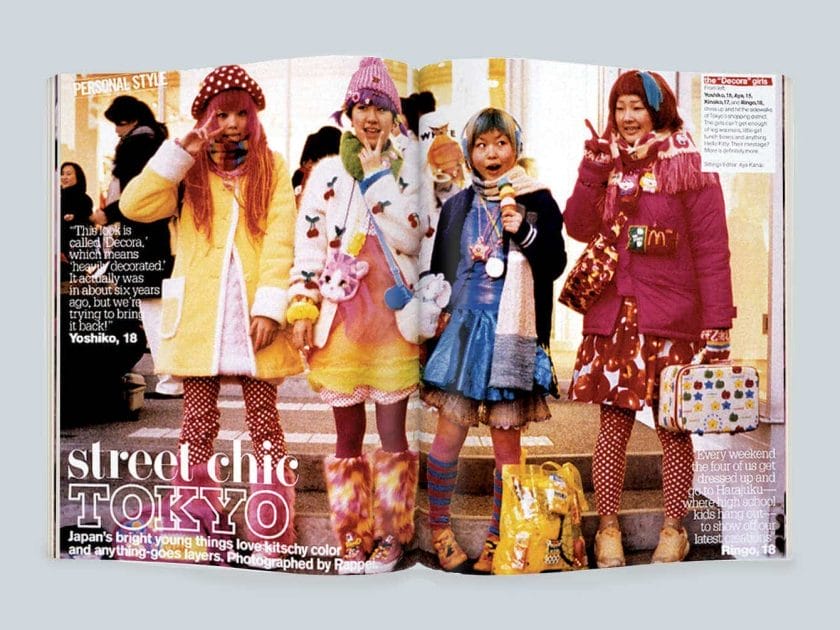
Was bedeutet Harajuku in der Mode?
Harajuku wird nicht durch einen einzigen Stil oder ein bestimmtes Erscheinungsbild definiert, sondern vielmehr durch die Kombination verschiedener Stile an einem Ort. Obwohl es eine breite Palette von Modestilen umfasst, betont die Subkultur der Harajuku-Mode die Bedeutung von Gemeinschaft und der Freiheit, sich selbst auszudrücken.
Was ist das Kanji für Harajuku?
Harajuku ist der Name des Bezirks rund um den Harajuku-Bahnhof in Tokio. Er befindet sich zwischen Shinjuku und Shibuya an der Yamanote-Linie.

Woher stammt Harajuku?
Die Entstehung der Harajuku-Kultur lässt sich auf die Zeit nach der Besatzung Japans durch die Alliierten nach dem Zweiten Weltkrieg zurückführen. In dieser Zeit lebten amerikanische Soldaten und Zivilisten in der Gegend, was junge Japaner anzog, die neugierig darauf waren, eine andere Kultur zu erfahren und die im örtlichen Geschäften erhältlichen westlichen Produkte zu erkunden, die sich an Amerikaner richteten.
Wie nennt man den japanischen Mädchenstil?
Gyaru, eine Unterkategorie der japanischen Straßenmode namens Ganguro, entstand in den 1970er Jahren. Dieser Modetrend betont einen glamourösen und femininen Stil und legt besonderen Wert auf künstliche Schönheit wie Perücken, falsche Wimpern und künstliche Nägel. Gyaru lässt sich auch von der westlichen Mode inspirieren.
Was bedeutet das Harajuku-Mädchen?
Die Harajuku Girls, bekannt als Gwen Stefanis Backgroundtänzerinnen, sind mit dem einzigartigen Charme und den lebendigen Modetrends des Harajuku-Viertels in Tokio verbunden. Hauptsächlich bei Teenagern und jungen Frauen beliebt, ist dieser Stil zu einer ikonischen und begehrten Attraktion für Touristen geworden.
Was bedeutet Harajuku kawaii?
Der Begriff “etwas Niedliches” wird allgemein verstanden, um auf etwas Liebenswertes oder Süßes zu verweisen. Allerdings bezieht er sich auch auf den emotionalen Zustand der Person, die etwas “kawaii” erlebt, sowie auf die Gesamtumgebung oder Umgebung.



